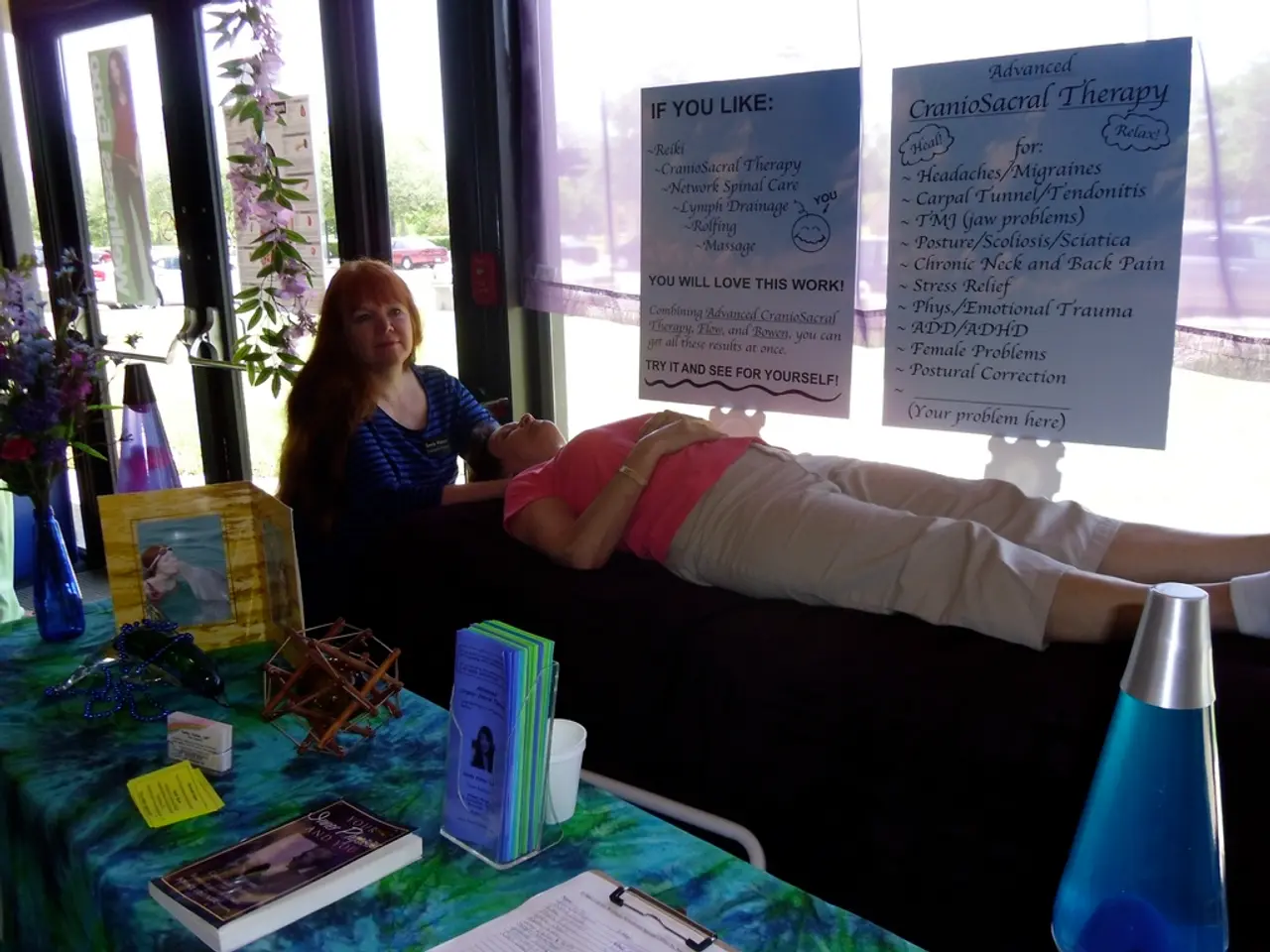Overcoming Internal Judgement - Practical Strategies for Managing Cognitive Distortions
In our daily lives, we are often beset by negative thoughts that can impact our emotional well-being. For both older adults and younger generations, understanding and addressing these thoughts, known as cognitive distortions, can be a powerful tool in maintaining mental health.
Cognitive distortions are irrational thoughts that can contribute to psychological problems like anxiety, depression, and self-harm. Some common cognitive distortions include All-or-Nothing thinking, Overgeneralization, Mental filters, Discounting the positive, Jumping to conclusions, Magnification and minimizing, Emotional reasoning, "Should" statements, and Catastrophizing.
For older adults, behavioral strategies might be more effective due to strengthened dysfunctional beliefs. Presenting new information in the context of previous experiences can help promote learning. Recordings and reminders can aid older adults in carrying out therapeutic measures. Keeping a thought diary can help pinpoint patterns in thinking.
On the other hand, for children and adolescents, simple language and interactive methods are used to make these exercises more accessible.
One effective way to identify and challenge cognitive distortions is the Putting Your Thoughts on Trial method. This involves identifying automatic negative thoughts contributing to distress, gathering objective evidence for and against these thoughts, then challenging their accuracy and fairness by examining if they are distorted or biased. Finally, develop alternative, more balanced thoughts.
Another technique is Reality Testing, where you actively question your thoughts by asking what evidence supports or contradicts them. Consider alternative explanations to avoid assuming worst-case scenarios.
Socratic Questioning (Cognitive Restructuring) is another useful tool. This involves using structured, open-ended questions to critically examine irrational beliefs and thought patterns, promoting greater self-awareness and emotional clarity.
The Downward Arrow Technique is a method that helps identify deeply held distorted beliefs. Begin with an automatic negative thought and repeatedly ask what it means or implies about yourself, digging deeper until uncovering core beliefs.
Mindful Cognitive Restructuring involves developing mindful awareness of your thoughts by observing them non-judgmentally as they arise, recording triggering situations and associated thoughts in a journal, then using this mindful distance to recognize and modify distorted patterns.
The ABCs exercise involves assessing the situation, believing it or not, and checking the facts to ground thinking in reality. Discussing thoughts with others can provide valuable insights and alternative perspectives.
When a negative thought arises, questioning its validity can help distinguish between facts and assumptions. Reframing the situation can help break negative thought patterns associated with cognitive distortions.
The RAIN technique involves recognizing, accepting, investigating, and negating cognitive distortions. To effectively challenge cognitive distortions, be patient, practice consistently, and consider seeking professional help or joining a support group.
In conclusion, identifying and challenging cognitive distortions is a gradual process that requires persistence and dedication. With these exercises, you can recognize cognitive distortions such as overgeneralization, catastrophizing, or black-and-white thinking, and replace them with balanced, realistic, and helpful thoughts, improving emotional well-being.
- Cognitive distortions, such as All-or-Nothing thinking and Catastrophizing, can exacerbate psychological issues like anxiety and depression.
- Older adults may benefit from behavioral strategies, like keeping a thought diary and using reminders, to address cognitive distortions.
- For children and adolescents, interactive methods and simple language can facilitate the understanding and management of cognitive distortions.
- The Putting Your Thoughts on Trial method helps identify and challenge cognitive distortions by examining their accuracy and fairness.
- Socratic Questioning and Reality Testing are useful techniques for questioning the validity of thoughts and considering alternative explanations.
- Mindful Cognitive Restructuring involves observing thoughts non-judgmentally, journaling, and modifying distorted thinking patterns based on mindful distance.
- The Downward Arrow Technique helps uncover core beliefs underlying distorted thoughts by repeatedly asking what a thought means or implies about oneself.
- The RAIN technique for challenging cognitive distortions includes recognizing, accepting, investigating, and negating distorted thoughts, requiring patience, consistency, and potentially seeking professional help or joining a support group.




